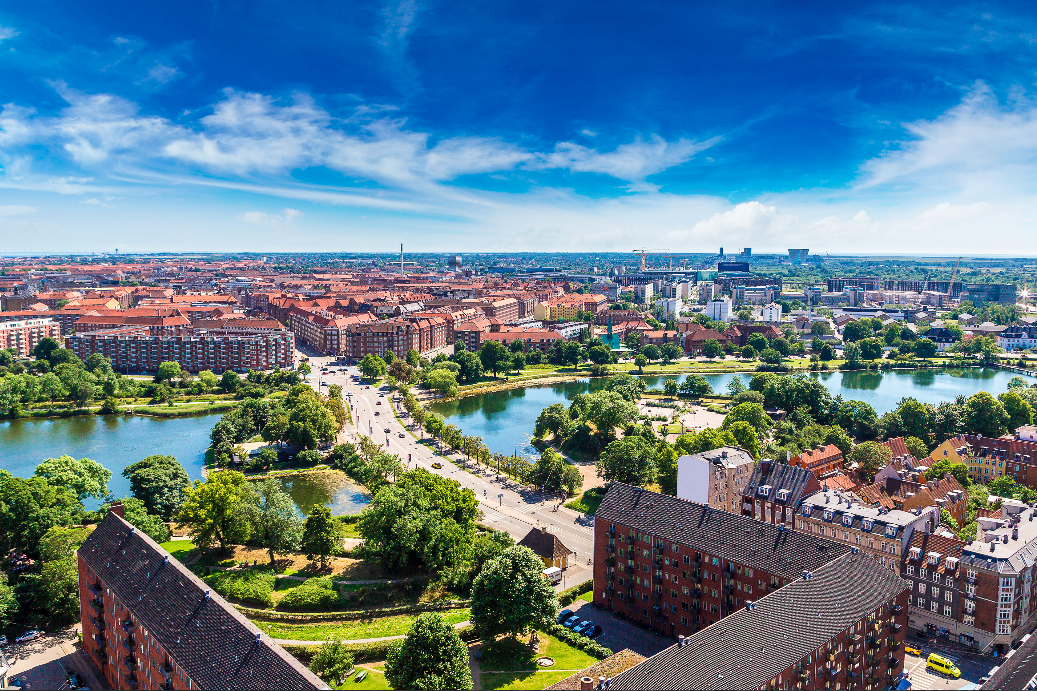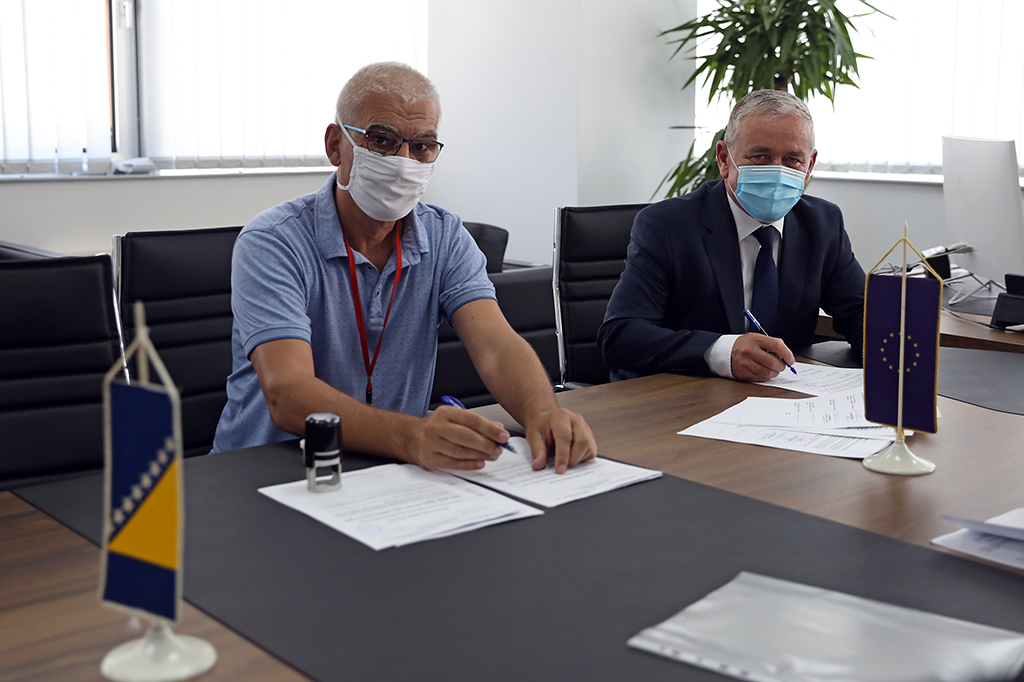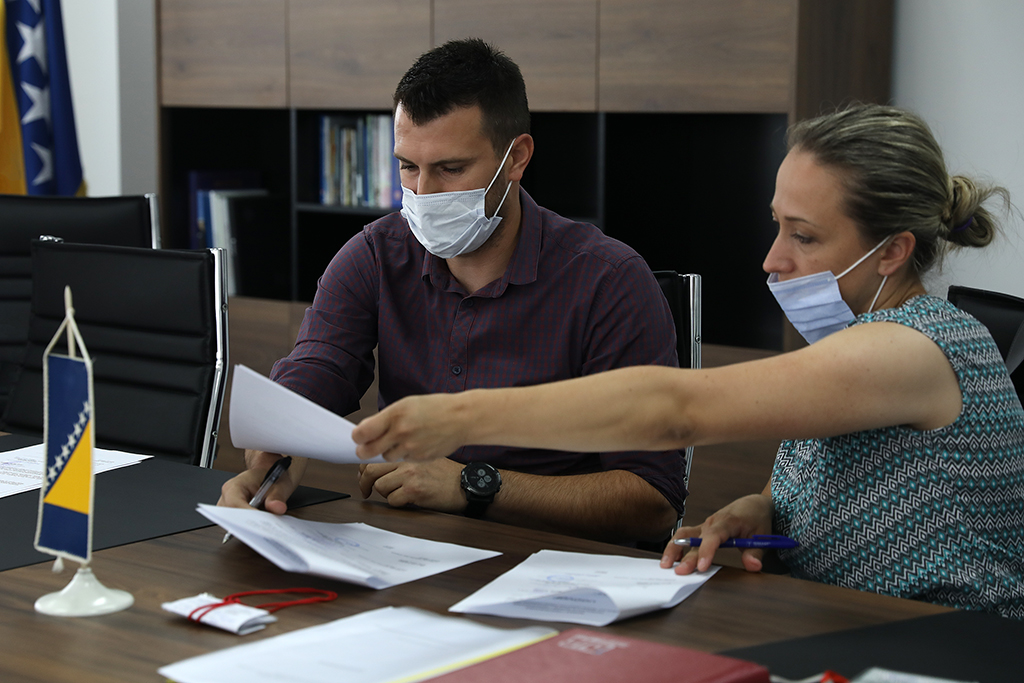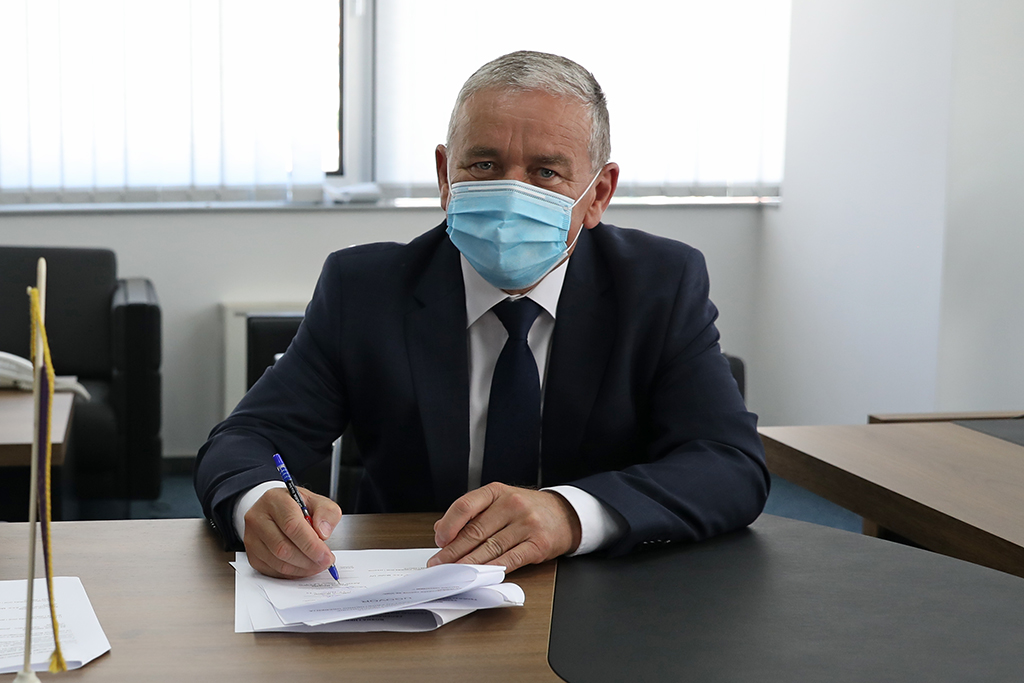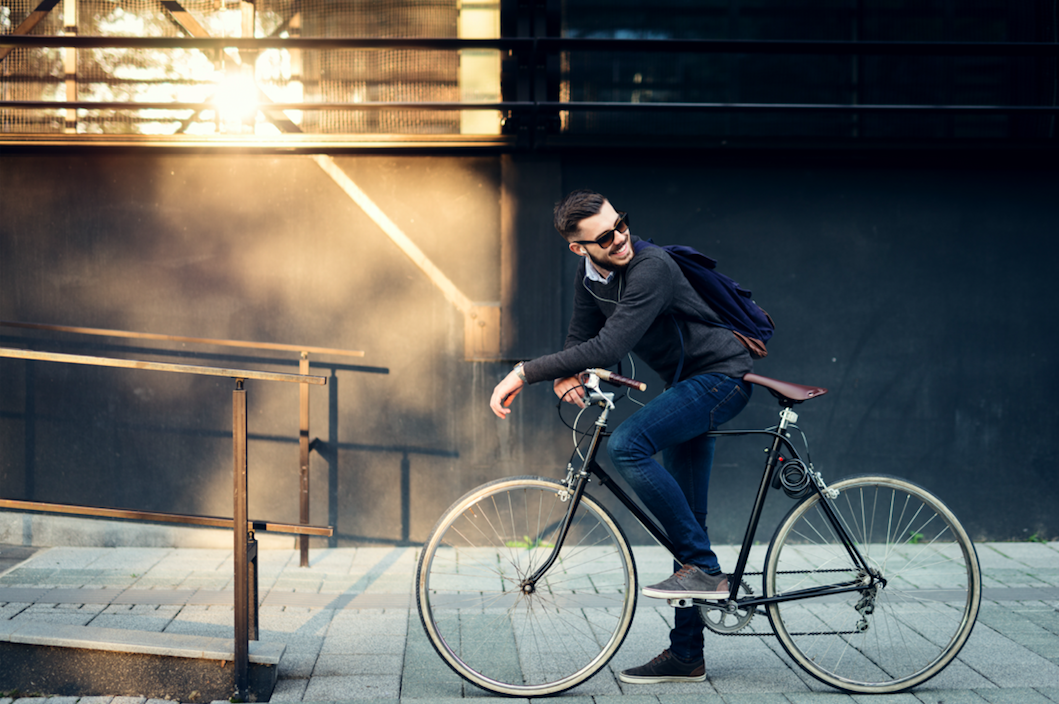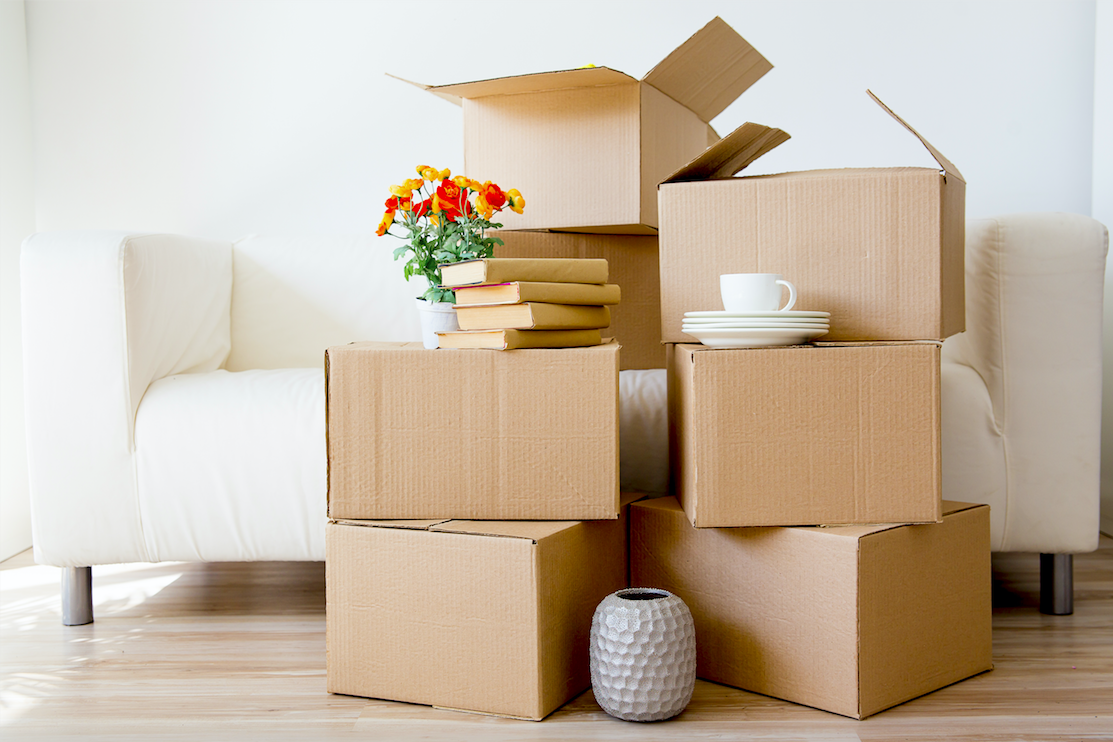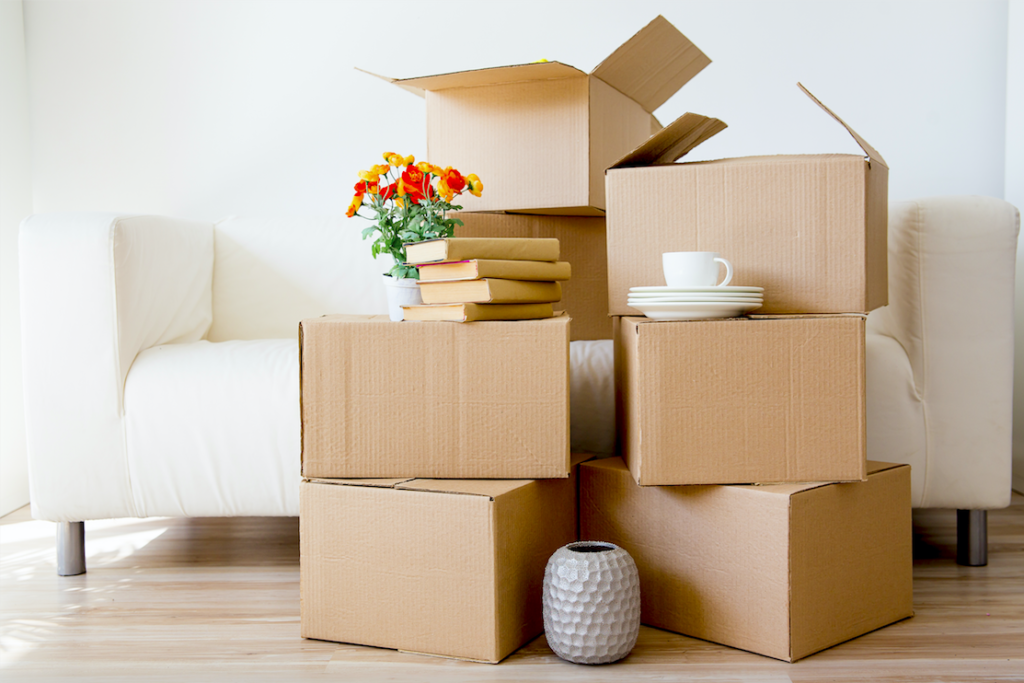
More than half of the world’s population today lives in urban areas, and it is estimated that by 2050 that number will increase to 6.5 billion, making up two-thirds of humanity. That is why sustainable development is one of the main topics in focus, however it cannot be achieved without a significant change in the way we build and manage urban space.
That is precisely what Denmark’s capital, Copenhagen, has had at the top of the list of priorities for many years, as have many of its citizens. Their Climate Plan for 2025 focuses on energy efficiency, renewable energy sources, and the city’s appropriate use of energy. This way, Copenhagen, through different projects and good practices, sets an example to the rest of the world as one of the world’s greenest cities, and a city that uses every opportunity to efficiently save energy and look for alternative versions of its supply.
Here are some of the examples that Copenhagen has long been successfully practicing. World: take notes and learn!
Garbage dump or sports facility?
CopenHill, also known as Amager Bake/Slope is located in the center of Copenhagen and represents the cleanest garbage dump in the world. This combined heat and power waste-to-energy plant, which is also a sports facility, annually converts almost half a million tons of garbage into pure energy, which supplies hundreds of thousands of houses in the area. It was opened in 2017, and alongside the nearby incinerator in Amager, it plays a significant role in Copenhagen’s ambitions to become a city without exhaust fumes by 2025. There is also a sports facility inside the facility, with a walking path on the roof of the 90 meters high building, a climbing wall on the side of the building, and a 400 meters long ski slope.
A driving utopia
Copenhagen is a unique city, characterized by its canals, cycling culture, a strong economy, and happy locals, as it is known as one of the happiest cities in the world. Most buses in this city are switching to electric power, while more and more traffic areas are dedicated to cycling. Furthermore, this is a city ruled by bicycles, so it is not uncommon to see parliament members coming to work every day using this particular means of transportation.
Cycling has been a part of life in Copenhagen for decades. After global oil prices increased in the 1970s, the craze for bicycles jumped in this once gloomy industrial city. So decades later, it only grew, becoming a recognizable part of this city in Denmark. If you prefer to explore the canals of Copenhagen, the boats have electric, solar motors and are made of wood from sustainable sources. Even if you accidentally fall into the water, all the canals are clean for swimming.
Sustainable city – one meal at a time
Eating and drinking in Copenhagen are also some of the ways that locals cast vote for the environment. The city is Europe’s largest consumer of organically-grown food – with an emphasis on local whereever possible. Downtown, there is an entirely organic supermarket and several outlets of mostly-organic fruit and vegetable market chains (their name translates as “Your Backyard”).
This organic ethic has spread to many restaurants in Copenhagen, so you can get an organic sandwich, organic beer or wine any time of the day, and enjoy the fresh air in one of the terraces of the restaurants along Copenhagen’s canals. This practice does not only exist in markets and restaurants: more than 900 public kitchens today serve almost 90 percent of organic food, and in some places, the ratio of organic food is even higher. This especially applies to kindergartens, which serve children portions of healthy and freshly prepared organic food every day.
Eco-hotels
Finding a sustainable hotel in Copenhagen is actually easier than finding an unsustainable one, given that over 70% of all city hotel rooms have an official eco-certificate. Most hotels feature recycled furniture and carbon-neutral heating and cooling systems. The handling of waste products from the kitchen is another substantial investment in technology and the environment. Food waste in many hotels is emptied into large tanks, later transferred to bio-gas plants. The remains from this process are used to fertilize farmland.
The wind
The wind is an inexhaustible resource with the potential to reduce carbon emissions significantly, and Denmark is far ahead with wind use. Wind farms are a renewable and secure source of energy that prevents the creation of greenhouse gases and other environmental severe problems, such as toxic air pollution, acid rain and arsenic, lead, cadmium, and uranium in air, soil, and water. Denmark gets almost half of its electricity consumption from wind energy.
Whether it is taking advantage of natural weather conditions, growing organic food, building solar panels on houses, or buildings, we can learn a lot from Copenhagen. Regardless of whether we have a climate plan or not, our goal should be to preserve the Earth and focus on energy efficiency and renewable energy sources.


